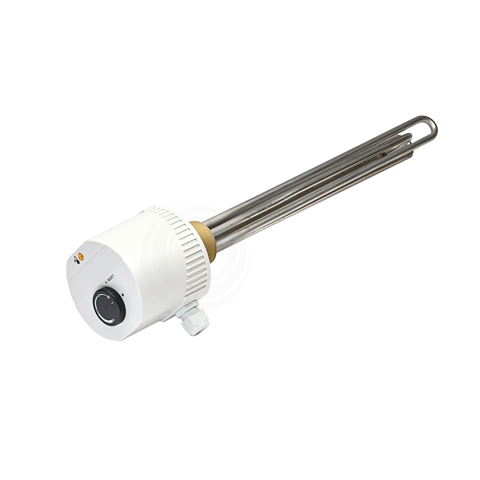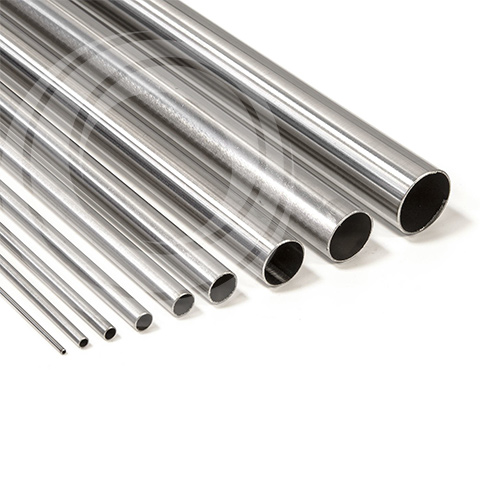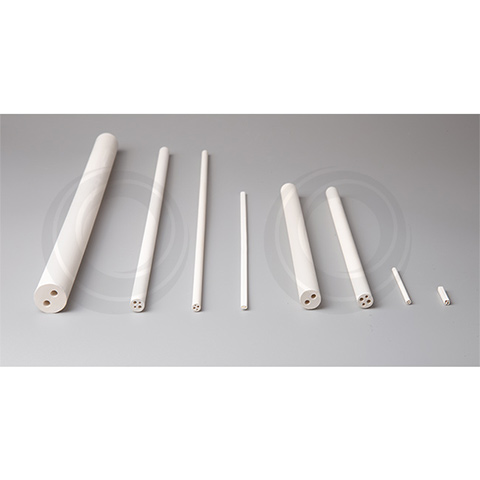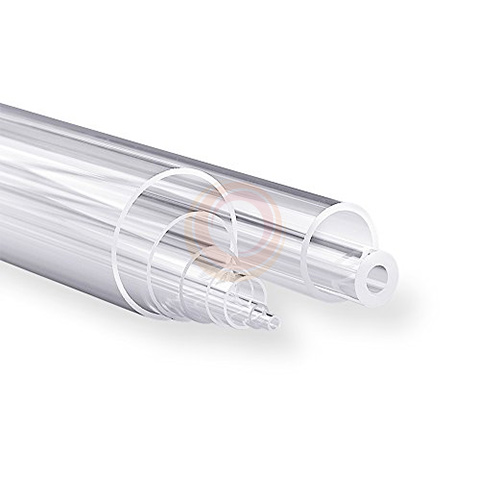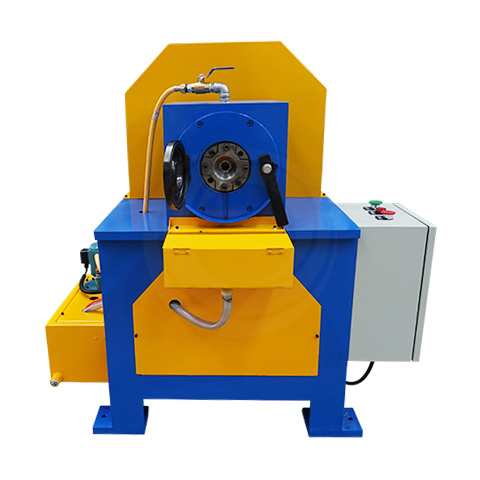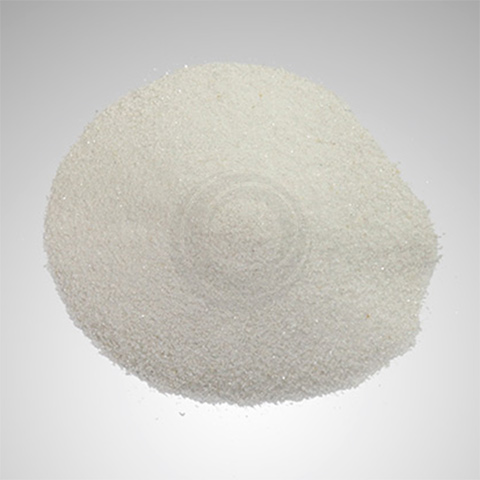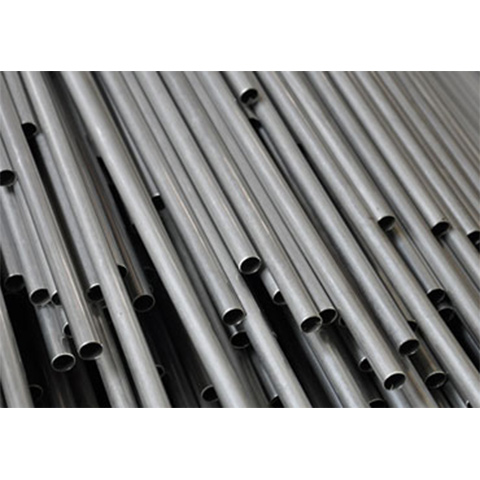Heating Element
Definition
A heating element is a device used for conversion of electric energy into heat. Heating elements may be used to transfer heat via conduction, convection, or radiation.
Classification
- Metal and non-metal.
- Heating elements can be divided into heating wire, thermistor, conductive coating, electric thermal film and so on.
Structure and Components
- Heating material
- electrode
- Insulator
- Cooling unit
Applications
- Home Appliances: Common household appliances such as ovens, toasters, electric stoves, water Heaters, and space heaters rely on heating elements to generate the necessary heat for their functions.
- Industrial Processes: In industries, heating elements are integral to processes such as metal smelting, plastic molding, and chemical reactions that require controlled temperatures.
- Scientific Instruments: Laboratories use heating elements in various equipment, including incubators, furnaces, and analytical instruments.
- Automotive Industry: Heating elements are utilized in vehicles for applications like heated seats, rear window defrosters, and engine block heaters.
Development Path
The development of global heating elements has gone through three stages.
The embryonic period from 1840 to 1909. In 1840, the British physicist Joule proposed Joule's law, which established the working principle of heating elements. In 1859, the world's first electric heater was born. Albert Marsh revolutionized the heating element industry in 1905 when he discovered nickel-chromium alloy, which was 300 times stronger than other heating elements at the time and allowed for the creation of durable, high-Resistance Wire that could be used as a safe heating element. eating elements first appeared as heating appliances for daily use. In 1893, the prototype of the electric iron first appeared and was used in the United States.
Start-up period 1910-2000. During this period, the materials used for manufacturing heating elements were improved, such as the use of good quality A-grade nickel-chromium wire, magnesium oxide or Magnesium Oxide Powder as insulator, etc. In 1910, the United States first successfully developed an electric iron made of nickel-chromium alloy heating wire and quickly became popular. In 1917, the United States invented the world's first metal-cased heating tube. In 1925, Japan produced a pot equipped with an heating element, which became the prototype of the modern rice cooker. During this period, heating products such as laboratory heating furnaces and heating equipment also began to appear in industry. In households and industries, the emergence and popularization of various types of electromagnetic heating appliances have developed rapidly.
Rapid development period from 2001 to present. Stimulated by factors such as the continuous progress of global science and technology, the significant reduction of electricity costs, the continuous development of the global economy, and the continued growth of per capita GDP, heating appliances have begun to enter the daily lives of the public, including air conditioners, washing Machines, dryers, water heaters, microwave ovens, and rice cookers. The increasing popularity of home appliances and other products around the world has pushed the heating element industry into a period of rapid development. Heating elements have become an indispensable and important heating device in people's daily life and industrial production. As consumer demand evolves and industrial technology upgrades, household appliances continue to develop toward multi-function, miniaturization, portability, and intelligence, and their internal structures become increasingly complex and sophisticated. At the same time, mature technology has led to the Introduction Of Electric Heating Elements in innovative application fields, such as new energy vehicles, medical machinery, etc., and the requirements for heating element product performance and structural design are constantly increasing.

